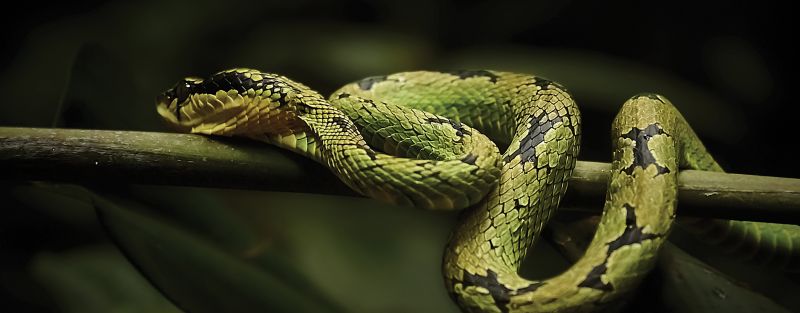
Oregon State University assistant professor of global change conservation Takuya Iwamura wants to address the pressing matters of biodiversity conservation and a sustainable future through his research.
“International agreements such as the United Nations Sustainable Development Goals have brought global attention to the importance of ecological integrity for our survival. I believe our research can contribute to turning the tide to increase the chance of a better existence in the future under global change,” Iwamura says.
To address the sustainability issues arising from human and nature interactions, he applies a holistic approach based on quantitative methods such as remote sensing, GIS and computational modeling to forest, animal and human activities.
Iwamura thinks this mixed approach is more appealing to a broader audience who is not necessarily interested in traditional scientific communication such as mathematical formulas.
“Computational modeling and simulation is a more accessible format to tell a strong and moving story about science and research,” Iwamura says. “Many people want to know about biodiversity extinction and human health risks, and when you see a human character moving in an actual landscape and encountering, for example, snakes in the field in our model, it captures your imagination.”
One example of Iwamura’s work is building a spatially explicit human-snake interaction model to explain snakebite risk in Sri Lanka.
He and his team applied mixed research methods based on remote sensing, snake observation, and social interviews related to farmer behaviors. They combined this information using agent-based modeling (ABM), a bottom-up computational simulation approach to model human agents in a realistic landscape.
“We created a computational unit to represent a farmer’s behavior and see how they move across a virtual landscape,” says Iwamura. “We then estimated snakebite occurrences based on potential snake distribution and overlap with humans, which is temperature and precipitation sensitive.”
Iwamura and his team discovered that the type of farming a farmer does, whether rice, rubber or tea, significantly affects the risks associated with snakebites.
As farmers choose different farming methods to adapt to a changing climate and snakes also shift spatially and temporally to adapt to climate change scenarios, snakebite risk adjusts.
“Revealing the mechanism of human and nature interactions is the key to many pressing problems that our planet faces,” says Iwamura. “I believe our approach will be useful to understand how society and ecology adapt to recent global changes, including climatic and land-use changes.”
As a faculty member in the forest, ecosystems and society department, Iwamura researches ways for human beings and nature to coexist. After studying complex systems and artificial intelligence, he worked as a business consultant in Tokyo to learn problem-solving with the hope of applying tools for business management to solve environmental issues.
He moved to the United States to study environmental management at Duke University. He discovered his interest in biodiversity conservation, working first as an intern at World Wildlife Fund (WWF) in Washington, D.C. He was intrigued by academics and research, which led him to Australia to pursue his PhD in spatial resource allocation with Professor Hugh Possingham, who later served as chief scientist at the Nature Conservancy.
“Working with Hugh taught me a lot, especially about impactful science for environmental problem solving,” says Iwamura.
After his time in Australia, Iwamura moved back to the U.S. for a postdoctoral position at Stanford University. He studied geography with Professor Eric Lambin and gained experience working with and researching Indigenous communities with Dr. José Fragoso.
“This was a perfect transition, and it broadened my horizon quite a bit into the human side of things,” says Iwamura.
Iwamura then moved to Israel to be an assistant professor at Tel Aviv University. All those moves forced Iwamura to do the hard work of learning a different language and culture, shaping him into a global citizen adept at navigating human and social dimensions and viewing experiences and life through multiple lenses.
Iwamura believes an interdisciplinary approach is the key for solving ecological problems. He is interested in revealing the mechanism to explain how nature and humans interact using the scientific domain of social-ecological systems.
Iwamura joined the OSU College of Forestry in January 2021 and looks forward to an in-person fall resumption and working with many people across campus.
“I am particularly excited with the collaborative nature of OSU. I have already started some work at the H.J. Andrews Experimental Forest, where I met many researchers and friends. It feels good to know we have such a strong community,” says Iwamura.
A version of this story appeared in the Fall 2021 issue of Focus on Forestry, the alumni magazine of the Oregon State University College of Forestry.

